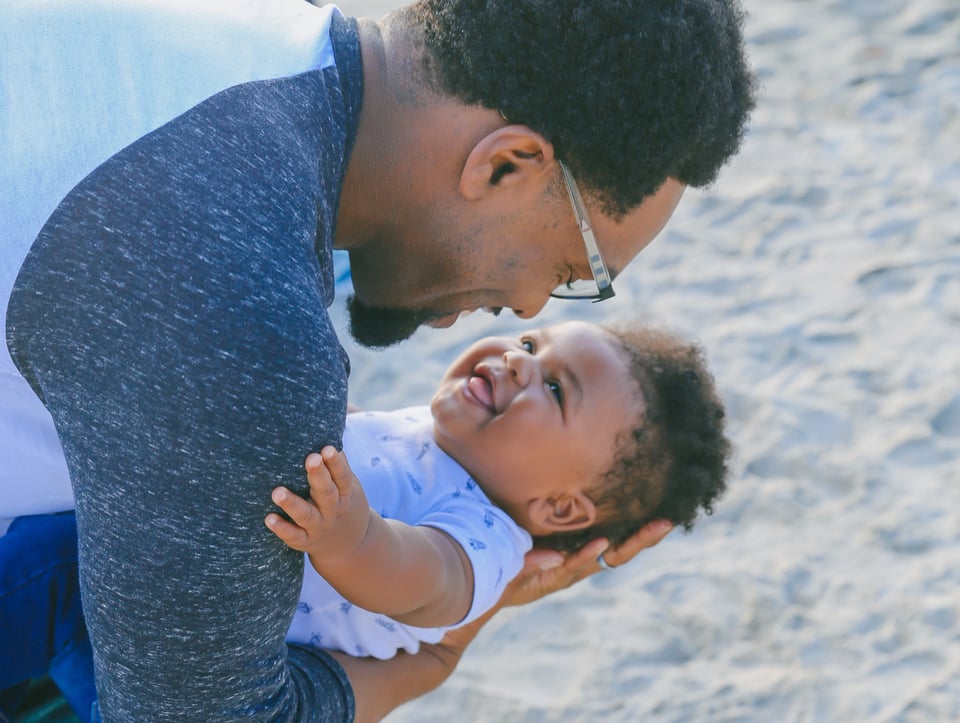- SERVICES
- SUNNY DAYS EARLY CHILDHOOD SERVICES
- OUR THERAPISTS
- SUNNY DAYS EARLY INTERVENTION SERVICES
- SUNNY DAYS BEHAVIORAL / OCCUPATIONAL / PHYSICAL / SPEECH THERAPY SERVICES
- SUNNY DAYS AUTISM SERVICES
- SUNNY DAYS EVALUATIONS & ASSESSMENTS
- SUNNY DAYS BEHAVIOR ASSESSMENTS
- INDEPENDENT INITIAL ELIGIBILITY EVALUATIONS
- FAMILY-CENTERED PLAY BASED EVALUATIONS
- EQUIPMENT & ASSISTIVE TECH REC'S
- HOW TO GET SERVICES
- STATE REQUIREMENTS FOR SERVICES
- VIRTUAL INTERVENTION
- SUNSHINE CENTER
- FAMILY RESOURCES
- TRAINING & WORKSHOPS
- JOIN OUR TEAM
- Blog
- Home
- About
- RESOURCES
- SERVICES
- SUNNY DAYS EARLY CHILDHOOD SERVICES
- OUR THERAPISTS
- SUNNY DAYS EARLY INTERVENTION SERVICES
- SUNNY DAYS BEHAVIORAL / OCCUPATIONAL / PHYSICAL / SPEECH THERAPY SERVICES
- SUNNY DAYS AUTISM SERVICES
- SUNNY DAYS EVALUATIONS & ASSESSMENTS
- SUNNY DAYS BEHAVIOR ASSESSMENTS
- INDEPENDENT INITIAL ELIGIBILITY EVALUATIONS
- FAMILY-CENTERED PLAY BASED EVALUATIONS
- EQUIPMENT & ASSISTIVE TECH RECS
- HOW TO GET SERVICES
- STATE REQUIREMENTS FOR SERVICES
- VIRTUAL INTERVENTION
- SUNSHINE CENTER
- FAMILY RESOURCES
- TRAINING & WORKSHOPS
- JOIN OUR TEAM
- Blog
- News
- Contact Us
Sunny Days Blog
Infant Vision Milestones by Month

A baby's eyesight develops over time and improves each month through the first year of life. In this post, we outline the vision milestones you can expect for your infant, as well as tips for when to see a pediatrician regarding your baby's sight development.
Baby Vision Development by Month
Birth to 1 Month:
- Vision: In the first month, an infant's vision is blurry; babies under one month can only see about 8–12 inches away.
- Behavior: <1-month-olds prefer high-contrast patterns (e.g., black & white).
- Eyes: A newborn's eyes may appear crossed or uncoordinated.
- Response: Infants turn their heads toward light; they blink in response to bright light.
2 to 3 Months:
- Focus: Two- to three-month-old infants begin to follow moving objects with their eyes.
- Coordination: At two to three months, a baby's eyes start moving together more smoothly.
- Recognition: Your baby will begin to recognize familiar faces at close range at around two or three months.
- Hand-Eye Coordination: By three months your baby should be tracking objects with their eyes and may attempt to bat at them.
4 to 5 Months:
- Depth Perception: In months four and five, your baby's depth perception will begin to develop; he or she will be able to see more clearly at a distance.
- Color Vision: By four or five months a baby's color vision improves—they can now see a full range of colors.
- Tracking: The ability to follow objects with eyes continues improving in months four and five.
- Interest: 4-5-month-old babies typically have an increased interest in toys and faces.
6 to 7 Months:
- Visual Acuity: At six to seven months, your baby should be able to recognize people and objects across a room.
- Hand-Eye Coordination: 6-7-month-olds have improved hand-eye coordination and can pick up objects and brings them to their mouths.
- Memory: Your baby will recognize familiar faces and may show stranger anxiety.
8 to 10 Months:
- Judging Distance: Between eight and ten months, babies typically can judge distance well; this is important for crawling and reaching.
- Fine Motor Coordination: Improved visual-motor skills mean that your baby will start to grasp smaller objects with more precision.
11 to 12 Months:
- Exploration: By your baby's first birthday, he or she will use vision to guide mobility (crawling, cruising, walking).
- Recognition: A one-year-old should easily recognizes faces and familiar objects, even at a distance.
- Interest in Pictures: One-year-olds typically enjoy to look at, and may point to, pictures in books.
When to Consult a Pediatrician or Eye Specialist
You should reach out to a pediatrician to have your baby's eyesight evaluated if:
- Your baby's eyes are constantly crossed
- One eye turns out/in
- Your baby doesn’t follow objects or faces by three months
- Your baby isn't interested in visual stimuli or toys by 4–5 months
- Your infant's eyes have a cloudy or otherwise unusual appearance
- You notice excessive tearing, red eyes, or light sensitivity in your baby's eyes
For information on how you can help your baby develop his or her eye tracking skills, visit our post on baby eyesight development tips.
Dr. Lindsay Hilsen, BCBA-D | Director
As Director of Sunny Days Sunshine Center, Dr. Lindsay Hilsen brings over 20 years of experience with early childhood intervention and autism to the position. Lindsay received her Doctorate in Special Education through Nova Southeastern University. She is a Board Certified Behavior Analyst at the doctoral level (BCBA-D) who holds two masters in Special Education and Education, as well as a certified NJ special education teacher and elementary education teacher. She is also the author of two Autism Curriculums: A Step-By-Step Curriculum for Early Learners with an Autism Spectrum Disorder and A Step-By-Step ABA Curriculum for Young Learners (ages 3-10) with Autism Spectrum Disorders.

